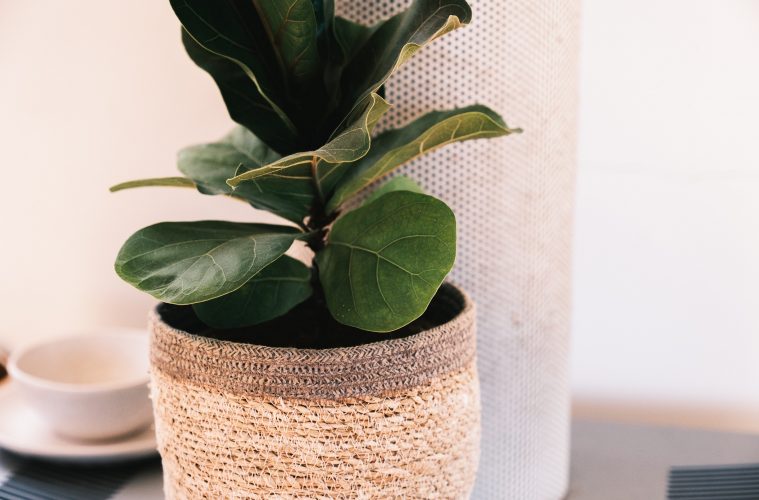If you’ve been part of the houseplant community for a while, you likely have at least one fiddle leaf fig in your home. Scientifically known as Ficus lyrata and related to a number of other popular houseplants like Ficus elastica (wax plant), it is one of the most famous houseplants around thanks to its fiddle-shaped leaves.
Despite their immense popularity, these plants are not known as the easiest to care for. In fact, they are quite dramatic plants, dropping masses of leaves at the first signs of struggle. And one of the most common environmental issues for these houseplants is incorrect light levels.
Unlike many tropical houseplants that come from tropical South America or Asia, fiddle leaf figs originate in Western Africa. They often form part of the lower canopy in tropical areas, but are also found out in the open growing in partial to full sun. In short, they have the ability to adapt to many different lighting conditions.
What these plants don’t appreciate is change. From the start of their growth, environmental conditions need to be kept as consistent as possible to avoid stress and leaf drop. For fiddle leafs purchased from nurseries and grown for indoor use, this means they need greenhouse conditions – bright but filtered light for the entire day.
Fiddle leaf figs are therefore not suitable for low light areas in your home. Anything less than a sunny position in front of a bright window will lead to stunted growth and sparse leaves. Even better, give them around two hours of gentle morning sun. This replicates what they receive in their native habitats better, achieving the strongest growth possible indoors.
READ MORE: THE BENEFITS OF SUPERFOODS CACAO, MORINGA & BAOBAB


